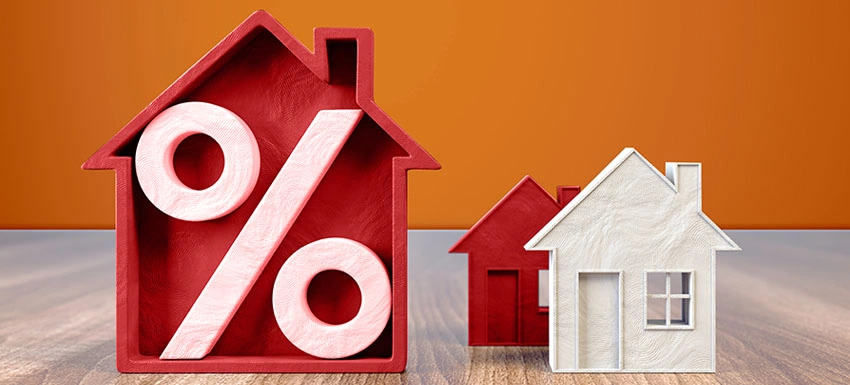THE
ORANGE
HUB
Difference Between Stamp Duty & Franking Charges on Home Loan

Whether you are planning to buy a home now or in the future, it is crucial to know that the cost of your home does not comprise registration, stamp duty and franking charges. Most homebuyers perceive Stamp Duty and Franking as the same. Let’s help you get a better understanding of these two terms in this section.
In India, every home buyer is required to pay various charges while buying a home. These include registration fees, Stamp Duty payment and Franking charges. You may be familiar with the terms, and most often, people get confused between Stamp Duty and Franking charges on a Home Loan. Let’s get to know the difference between these two terms:
What is Stamp Duty?
This is basically a tax that homebuyers are liable to pay for legalising their documents (such as sales deeds or transfer of property or assets), during the home buying process. According to tax laws, it is mandatory for every home buyer to pay stamp duty, to show that his/her property is legally valid. Let’s get to know some important points:
- Stamp Duty varies from state to state
- In Mumbai, around 5% of Stamp Duty tax is levied on the total cost of the property
- In India, the most common modes of stamping are a franking, e-stamping and a paper-based method.
What are Franking charges?
Franking is a process of getting your agreement stamped, thus confirming that you have made the Stamp Duty payment. Franking proves that your documents are legal. When you approach a bank or a Franking agency, they affix your agreement paperwork with a stamp or denomination, using a franking machine, thus indicating that your Stamp Duty is paid. Franking charges are applied on both Home Loan and property sale documents. The charges vary from state to state.
Here is a brief explanation of how Stamp Duty differs from Franking Charges:
Stamp Duty is a tax component that you are required to pay to the government to legalise your home buying documents. On the other hand, franking is a process of stamping that indicates you have paid the necessary Stamp Duty charges.
Stamp Duty is estimated based on the total cost of a property, and the tax rate is different in every other state. Usually, it is in the range of 3% to 4%. This depends on the state slab, location, age and type of property, among others. Franking charge is generally 0.1% of the home loan value. For instance, if you are taking a home loan of Rs 1.5 crore in Mumbai, then you are liable to pay 0.1% on the property value. This means you need to pay approximate Rs 30,000.
Home Loan franking charge or stamping is usually carried out by banks or agencies that are authorised by the government. When it comes to Stamp Duty, it is paid at the time of the home registration process that is done at the Sub-Registrar of Assurances.
Most of us are aware that the payment of Stamp Duty is an essential procedure at the time of home buying. The franking charge on a Home Loan is hidden by the banks. Hence, it is always necessary to check both stamp duty and franking charges while you plan to buy a home.
T&C
For disclaimer, Click Here.
Scroll to top











